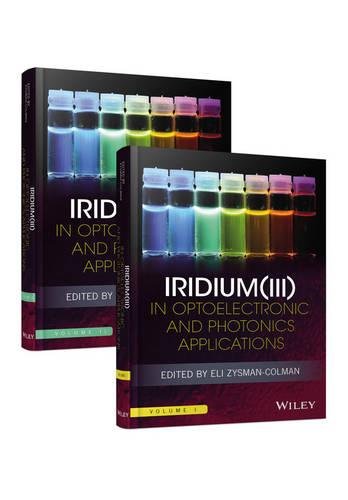

Most ebook files are in PDF format, so you can easily read them using various software such as Foxit Reader or directly on the Google Chrome browser.
Some ebook files are released by publishers in other formats such as .awz, .mobi, .epub, .fb2, etc. You may need to install specific software to read these formats on mobile/PC, such as Calibre.
Please read the tutorial at this link. https://ebooknice.com/page/post?id=faq
We offer FREE conversion to the popular formats you request; however, this may take some time. Therefore, right after payment, please email us, and we will try to provide the service as quickly as possible.
For some exceptional file formats or broken links (if any), please refrain from opening any disputes. Instead, email us first, and we will try to assist within a maximum of 6 hours.
EbookNice Team

Status:
Available0.0
0 reviewsThe fundamental photophysical properties of iridium(III) materials make this class of materials the pre-eminent transition metal complex for use in optoelectronic applications.
Iridium(III) in Optoelectronic and Photonics Applications represents the definitive account of photoactive iridium complexes and their use across a wide variety of applications. This two-volume set begins with an overview of the synthesis of these complexes and discusses their photophysical properties. The text highlights not only mononuclear complexes but also the properties of multinuclear and polymeric iridium-based materials and the assembly of iridium complexes into larger supramolecular architectures such as MOFs and soft materials. Chapters devoted to the use of these iridium-based materials in diverse optoelectronic applications follow, including: electroluminescent devices such as organic light emitting diodes (OLEDs) and light-emitting electrochemical cells (LEECs); electrochemiluminescence (ECL); bioimaging; sensing; light harvesting in the context of solar cell applications; in photoredox catalysis and as components for solar fuels.
Although primarily targeting a chemistry audience, the wide applicability of these compounds transcends traditional disciplines, making this text also of use to physicists, materials scientists or biologists who have interests in these areas.